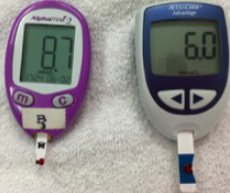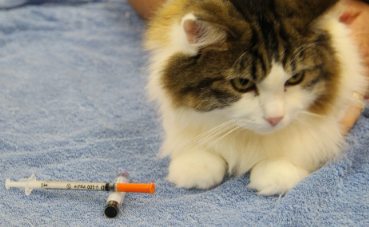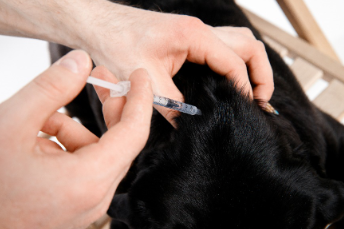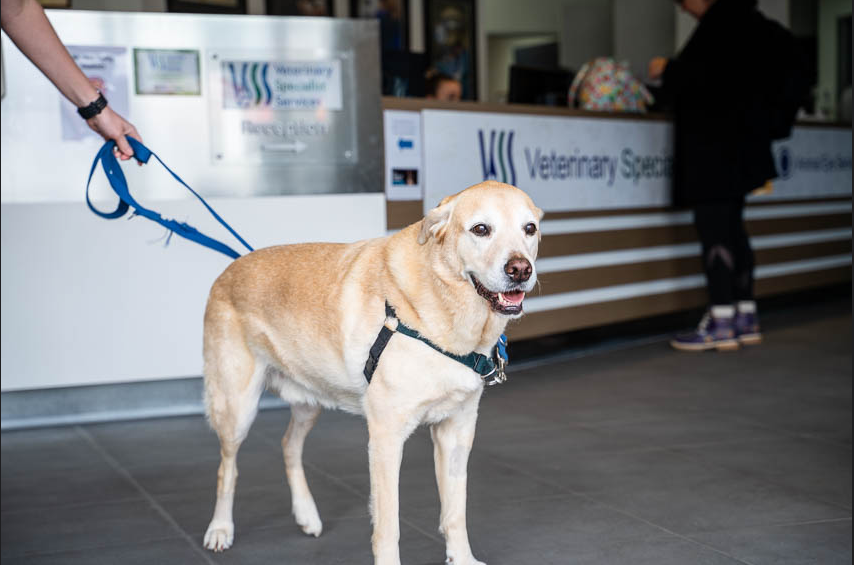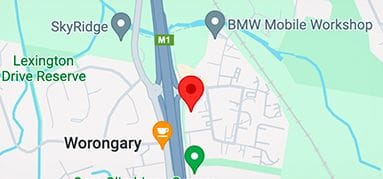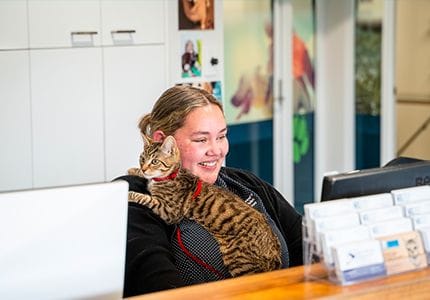Diabetes mellitus is a condition caused by a lack of insulin or a lack of response to insulin. It is characterised by increased hunger, thirst, urination and weight loss. Similar to humans, diabetes mellitus is a commonly diagnosed condition in dogs and cats.
WHAT IS INSULIN, AND WHY IS IT IMPORTANT?
The food we eat is used for energy. Food must be broken down by the body to provide glucose (sugar) which is the fuel for cells. Glucose is needed by cells to perform their normal functions. Glucose normally circulates in the bloodstream ready to be taken up by cells as they need it. Insulin is a hormone made in the pancreas and is released when blood glucose rises after a meal as nutrition is absorbed from digested food. Insulin helps glucose move into cells. Without insulin, many cells of the body cannot use the glucose for energy even though the blood glucose levels may be high. The body then starts to breakdown fat and muscle to use as an alternate energy source resulting in weight loss.
WHY DOES A DEFICIENCY OF INSULIN OCCUR?
Insulin is normally produced by specialised cells of the pancreas and is released into the bloodstream as glucose levels rise after a meal. In certain situations, either the pancreas stops producing insulin (known as type 1 diabetes) or the cells of the body become somewhat resistant to its effects (known as insulin resistance or type 2 diabetes). Dogs most commonly are type 1 diabetics and cats are most commonly type 2.
WHAT ARE THE SYMPTOMS OF DIABETES MELLITUS?
The classic symptoms of diabetes mellitus are increased hunger, thirst, urination and weight loss. Animals that develop ketoacidosis, a dangerous complication associated with poor blood glucose control, can become very unwell and usually have reduced appetite and vomiting.
&geometry(278x56))
